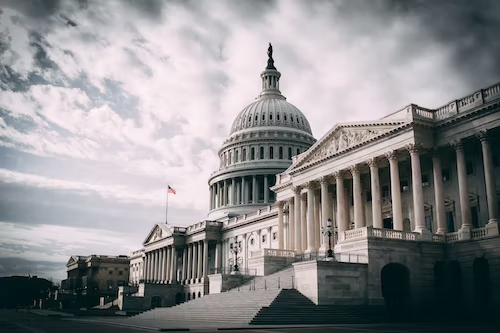Washington, D.C.: A Capital District Forged from History, Geography, and the Constitution
Washington, D.C., the capital of the United States, is unique among American cities. It's not part of any state, but rather a federal district, established by the U.S. Constitution itself. This article explores the origins of Washington, D.C., its geographical context, its historical development, and the constitutional basis for its unique status.
A District Defined by Geography
Washington, D.C., is situated on the east coast of the United States, strategically located between two states.
- Borders: The District of Columbia is bordered by Maryland to the north, east, and south, and by Virginia to the west.
- The Potomac River: The Potomac River flows through the District, forming a natural boundary between D.C. and Virginia. This river played a crucial role in the city's selection as the capital.
The Founding of a Capital (1790): A Neutral Site
The creation of the District of Columbia was a deliberate act of the Founding Fathers.
- Constitutional Mandate: The U.S. Constitution (Article I, Section 8) grants Congress the power to establish a federal district, not exceeding ten miles square, to serve as the seat of the government (Source: U.S. Constitution). This provision ensured that the national capital would not be located within any particular state, preventing any one state from having undue influence over the federal government.
- The Residence Act (1790): An act of Congress in 1790, known as the Residence Act, formally established the District of Columbia as the permanent national capital (Source: U.S. Statutes at Large). The District was originally to be a 10-mile square.
- Naming: Was after Christopher Columbus.
George Washington's Choice: A Strategic Location
- Presidential Selection: The first U.S. President, George Washington, played a crucial role in selecting the specific location of the new capital. He chose a site on the Potomac River, considering factors such as its central location (relative to the then-existing states), its access to waterways, and its proximity to his own home at Mount Vernon (Source: Biographies of George Washington, historical accounts of the founding of Washington, D.C.).
- Land Donation: The land for the District of Columbia was donated by the states of Maryland and Virginia. (Note: Virginia's portion was later retroceded in 1846).
Growth and Evolution
- Civil War Expansion: During the American Civil War, the city of Washington expanded beyond its original boundaries.
- White House Cornerstone: A cornerstone of the White House was erected on October 13, 1792.
- 1801 Organic Act: The District of Columbia received official boundaries in the 1801 Organic Act.
- Metropolitan Area: The Washington metropolitan area now extends far beyond the borders of the District itself, encompassing parts of Maryland and Virginia, including counties like Prince William County and Arlington (in Virginia). The economies of D.C., Maryland, and Virginia are highly interdependent.
Climate and Weather
Washington, D.C., experiences a temperate climate, with four distinct seasons.
- Winters: Winters are generally cool and damp, with occasional heavy snows. Temperatures often drop below freezing at night.
- Summers: Summers can be hot and humid, with occasional periods of very high temperatures.
- Spring and Fall Typically offer mild, pleasant weather, and the city's famous cherry blossoms bloom in the spring.
Washington, D.C., is more than just a city; it's a symbol of American democracy and a testament to the vision of the Founding Fathers. Its unique status as a federal district, its strategic location, its carefully planned design, and its rich history make it a place unlike any other in the United States. From its constitutional origins to its modern-day role as the center of American government, Washington, D.C., continues to evolve, reflecting the ever-changing story of the nation it serves.



